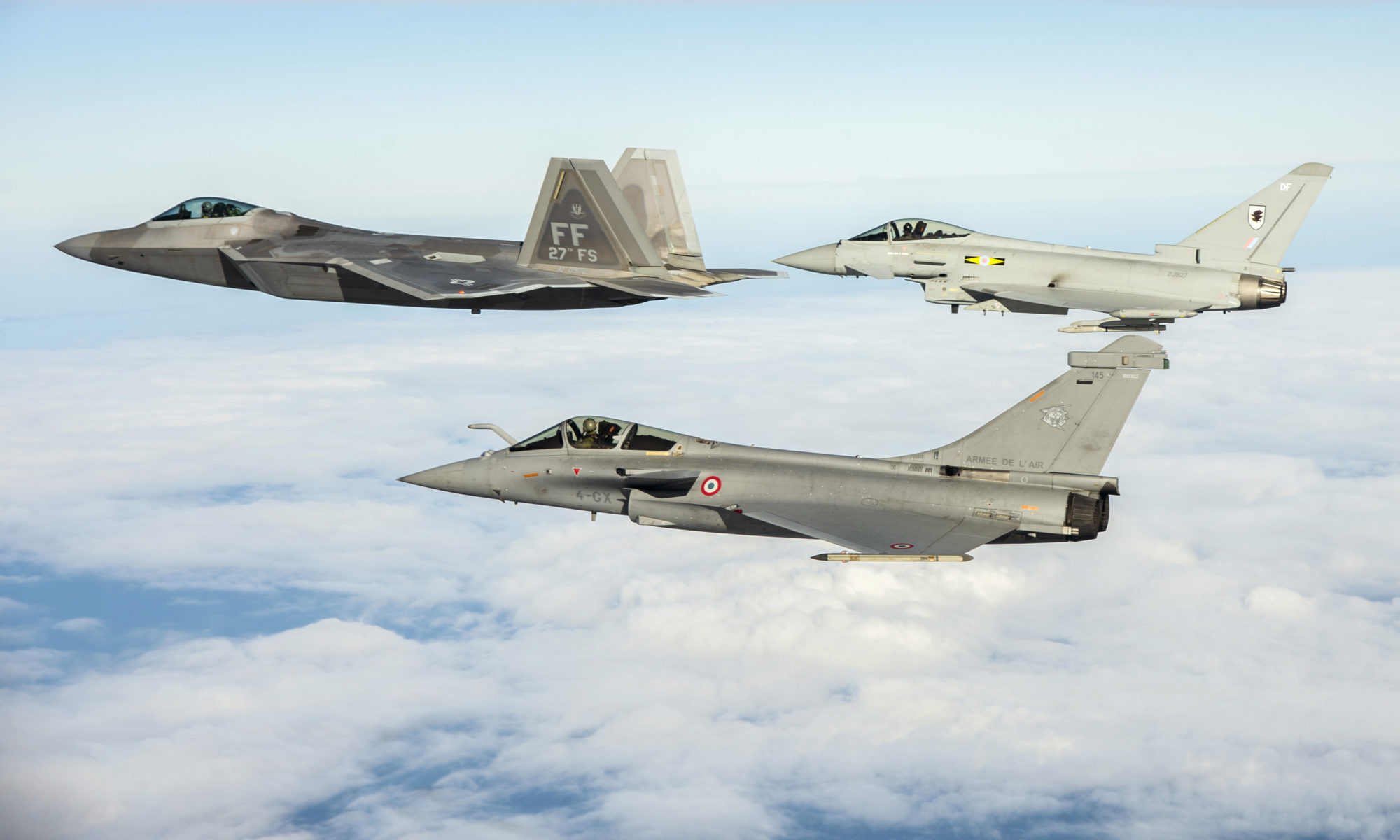Instabilities on High Temperature Isothermal Creep Performance in Ni-Based Single Crystal Superalloys.
S. Lee
Defended Ph.D. thesis ↗ in July 2019
Abstract
Nickel-based singe crystal superalloys are a class of metallic materials with a combination of high-temperature strength, toughness, and resistance to degradation in oxidizing environments, which makes them great candidates for aircraft engine turbine blades that operate at temperatures beyond 1000 degrees C. The lifetime of such materials is directly connected to the integrity of the strengthening phase, or the so-called the y’ precipitates. Uniaxial thermo-mechanical environments have already been shown to lead to the phase transformations, microstructure gradients, and lattice rotation, which all contribute to the change in mechanical properties. Stress field in turbine blades are, however, multiaxial, and the load bearing section of the turbine blades decreases due to depletion of the y’ precipitates during oxidation. In order to accurately predict the lifetime of the turbine blades, it is critical to understand how multiaxiality and oxidation kinetics affect the damage evolution during creep. Samples of the second-generation Ni-based single crystal superalloy, Rene N5, were prepared with specified triaxialities using notches according to Bridgman’s equation for creep tests. Through SEM analysis, it was found that the material had too much y/y’ eutectics that were not properly eliminated during the heat treatment, which resulted in earlier fractures. Kachanov-Rabotnov creep-damage model with Hayhurst stress criterion was modified to account for the depletion of the strengthening phase due to oxidation. Among many factors that affect the kinetics of oxidation, the effects of surface roughness and the initial plastic strain were studied. According to a number of studies, it was found that the kinetics of oxidation tends to increase with decrease in the surface roughness and increase in initial plastic strain. A dimensionless variable eox was introduced to represent the depleted zone thickness and its evolution was simulated varying the two aforementioned factors. Simulation results of creep curves both in vacuum and in air were analyzed, and the results showed conceptually matching trends found in the literatures.
Coupling between Phase Transformation and Viscoplasticity in High-Temperature Shape Memory Alloys
P. Chaugule
Defended Ph.D. thesis ↗ in December 2021
Abstract
The purpose of this research work is to further the understanding of the coupling between phase transformation and viscoplasticity in high-temperature shape memory alloys (HTSMAs), which are active materials. Fundamental understanding of the coupling is essential to facing the challenge of achieving improved actuation performance from HTSMAs. The improvement involves enhancing the alloy’s existing functional properties and work output to endure extremes in stress, strain and temperature. The improvement will eventually aid in moving closer to the overarching goal of reducing the weight of actuation systems required in the aerospace and automotive domains, while maintaining structural adaptability without critically affecting performance or the safety, in all to improve fuel efficiency. Experimental studies on these alloys have carved pathways for the above improvement, and their processing with scalability has also been understood to prepare for an increasing demand in the future. But, for the successful design of these alloys, it is necessary to have a comprehensive understanding of the effect of viscoplasticity on their phase transformation or functional properties and the overall behavior. The objective of the present study is to investigate the coupling between phase transformation and viscoplasticity in a Ti-rich Ni-Ti-20Hf (at.%) HTSMA. To achieve the objective two approaches are followed. Experimental investigations are conducted on the selected alloy at different thermal cycling rates to vary the amount of viscoplasticity generated, and observe its effect on the phase transformation and response. The results are analyzed and inferences are made based on the interactions between the above two phenomena. Parallelly, a crystal-plasticity model is developed which accounts for the phenomena observed experimentally and the coupling between the two phenomena. The model is calibrated using the experimental results and inferences, and the underlying mechanisms responsible for the coupled response, are brought forward. The contributions of this study are: (i) new interpretations on the overall functional fatigue of Ni-Ti-Hf alloys; (ii) establishing rate-dependency of the entire macroscopic response and the active phenomena; (iii) revealing a two-way coupling between viscoplasticity and phase transformation; (iv) developing of a crystal-plasticity model for HTSMAs; and (v) generating anisotropic and isotropic coupled responses.
Microstructural Instabilities in Nickel-based Single Crystal Superalloys
H. Rajendran
Defended Ph.D. thesis ↗ in April 2021
Abstract
Single crystal superalloys, mostly Nickel-based, have been, so far, the material of choice for high-temperature applications, such as gas turbine blades. Single crystalline turbine blades are usually cast in the direction, providing the best combination of properties. While misorientations up to 15◦ are within accepted tolerance, the elastic/viscoplastic response of the bi-phased γ/γ0 microstructure in superalloys is highly sensitive towards the crystalline orientation. Further, multiaxial stress states create microstructural gradients and alter the performance of the material. As the microstructure stability dictates the blade’s structural integrity, it is necessary to understand the microstructural state as a function of the crystallographic orientation and multiaxial stress state to quantify the creep performance. The lifetime of Ni-based single crystal superalloys is connected to the integrity of the strengthening phase, γ 0 . During high-temperature thermomechanical loading, the cuboidal shaped γ 0 phase coalesces, directionally coarsens(rafting), and is finally topologically inverted, viz. surrounds the γ phase and acts as the matrix. The topological inversion comes along with an increase in the plastic strain rate known as the tertiary creep. X-ray tomography experiment has recently revealed that the tertiary creep initiates before the expected increase in the volume fraction of pores. Thus, the initiation of the tertiary creep stage might also be due to the destabilization of the γ/γ0 interfacial dislocation network leading to the massive shearing of γ 0 rafts concomitantly resulting in topological inversion. Simultaneously, the strain-hardening and the void growth in these viscoplastic single crystals lead to the ductile fracture. Hence, for a fundamental understanding of the microstructural instability and to improve lifetime predictions, it is necessary to consider the interplay of orientation-specific microstructural evolutions, the destabilization of the interfacial network, and subsequent shearing of γ 0 particles, as well as dislocation, creep and void growth to fully explain what triggers the increase of the plastic strain rate in the tertiary creep stage leading to failure. This dissertation aims to elucidate the microstructural instabilities in Ni-based single crystal superalloys through a multi-scale microstructure-sensitive thermo-mechanically coupled damage model in a finite-element crystal plasticity framework through the integration of high-temperature multiaxial creep experiments, advanced characterization techniques, and high fidelity computational tools. To that end, a phase-field model was extended to account for microstructural destabilization and damage. For the first time, topological inversion during creep was predicted using a phase-field model. Further, macroscale finite-element calculations were carried out using the realistic 3D microstructures derived from the phase-field model. A viscoplastic description of 3D rafting predicted the channel evolution irrespective of the loading conditions and crystallographic orientation. Results from this work will elucidate the effects of microstructural degradation, crystallography, and multiaxial stresses towards rupture in Ni-based single crystal superalloy subjected to high-temperature/low stress creep conditions.
Etude et modélisation des effets d’incursion à très haute température sur le comportement mécanique d’un superalliage monocristallin pour aubes de turbine.
J.-B. le Graverend
Defended Ph.D. thesis ↗ in February 2013
Abstract
Ce travail s’inscrit dans le contexte de la modélisation et de la prévision de la durée de vie des aubes de turbine haute pression des turbines à gaz. Ces pièces sont réalisées en superalliage monocristallin base nickel tel que le MC2, matériau principal de l’étude. En service, ces dernières sont soumises à des conditions extrêmes de température et de contrainte. Des régimes d’urgence, dits O.E.I. (.One Engine Inoperative.), peuvent aussi survenir sur un hélicoptère bi-moteur : un des deux moteurs s’arrête ce qui provoque une augmentation de la température en sortie de chambre de combustion pour le moteur restant en fonctionnement. Dans le cadre de ce travail, le comportement anisotherme en fluage et en fatigue/fluage du superalliage monocristallin a été étudié afin de déterminer les répercussions des surchauffes à 1200. sur le comportement mécanique ultérieur à 1050. Il a pu être déterminé que le temps de pré-endommagement avant la surchauffe joue un rôle capital vis-à-vis de la durée de vie post-surchauffe. Cette influence est très dépendante de l’état microstructural du matériau sur lequel est réalisée la surchauffe (morphologie des précipités γ ‘, contraintes de cohérence entre les phases γ et γ ‘). Du point de vue des mécanismes d’endommagement, il a aussi été constaté que le niveau de température a une importance majeure en modifiant les contraintes de cohérence entre les deux phases γ et γ ‘. L’état microstructural jouant un rôle majeur sur la durée de vie lors des essais isothermes et anisothermes, une étude de l’évolution de la microstructure γ /γ’ autour des particules de phase intermétallique μ a été faite, ainsi qu’une mesure expérimentale de l’évolution de la porosité, mesurée par des analyses tomographiques grâce à des essais de fluage multi-interrompus à haute température. Ceci a permis d’aboutir à un paramètre de dommage, à la frontière entre métallurgie et mécanique, prenant en compte les évolutions microstructurales. La coalescence orientée se déroulant à haute température, connue sous le nom de mise en radeaux, a une forte influence sur le comportement et l’endommagement des superalliages monocristallins. Ainsi, un nouveau modèle de mise en radeaux, prenant en compte la vitesse de sollicitation, a été implémenté dans le modèle de plasticité cristalline couplé comportement/endommagement Polystar. Ceci a permis d’améliorer la modélisation des essais longs. D’autres modifications ont été effectuées afin d’améliorer la modélisation lors des essais cycliques et de relaxation. Ce nouveau modèle a été testé et validé sur une éprouvette bi-entaillée générant des champs mécaniques multiaxiaux pendant un essai de fluage complexe anisotherme

